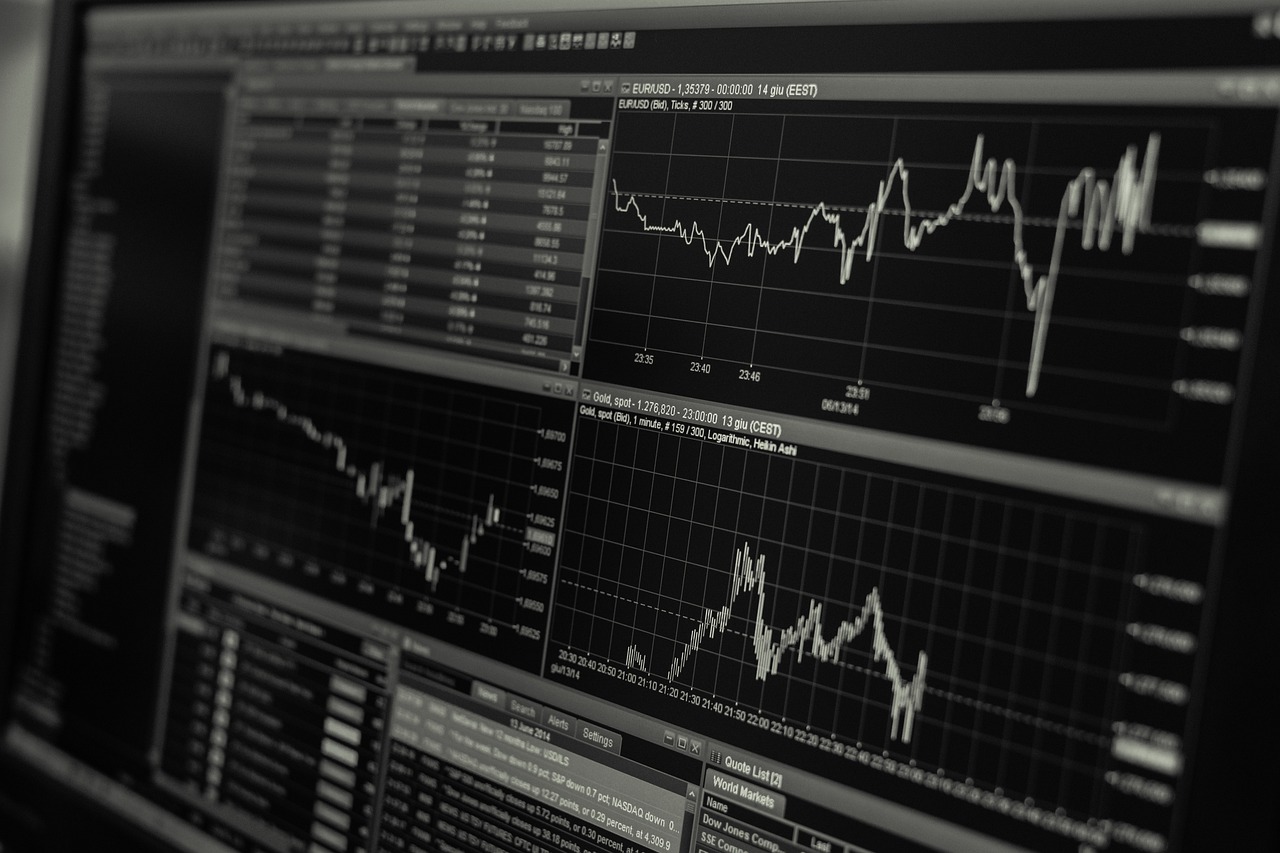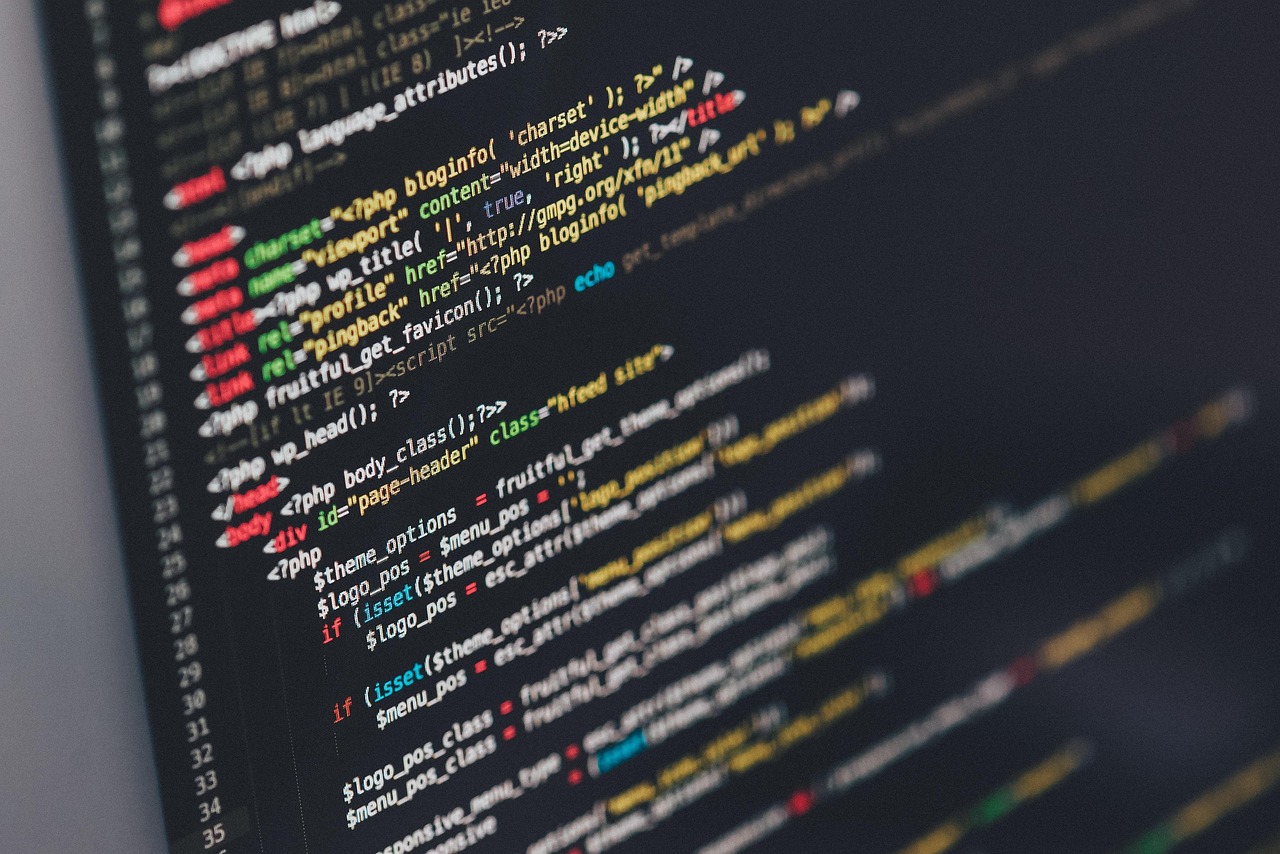The NFT Product Lifecycle: Archiving Digital Assets in a Dynamic Era

Non-Fungible Tokens (NFTs) have emerged as a transformative force in the digital economy, offering a unique proposition for verifying ownership and provenance of a wide array of digital assets. As the technology matures, understanding the lifecycle of NFT products becomes essential for stakeholders, from creators and collectors to developers and investors. This article explores the stages of an NFT’s lifecycle and the implications for archiving these digital assets in a rapidly evolving landscape.
Understanding the NFT Lifecycle
The lifecycle of an NFT encompasses several critical phases, each with distinct characteristics and challenges. These stages include creation, validation, distribution, utilization, and archiving. Grasping these stages provides clarity on how NFTs function and their potential impact on digital asset management.
1. Creation
The lifecycle begins with the creation of the NFT, a process that involves minting a digital asset on a blockchain. Minting transforms a digital file—such as an artwork, video, or music track—into a unique token that is stored on the blockchain. This process involves selecting a blockchain platform, such as Ethereum, Binance Smart Chain, or Tezos, and determining the token standards (e.g., ERC-721, ERC-1155) that dictate how the NFT functions.
2. Validation
Once minted, NFTs undergo validation, where their authenticity and ownership are verified through smart contracts. These programmable contracts ensure that the NFT’s metadata, including the creator’s identity and the asset’s provenance, is securely recorded and immutable. This stage is crucial for establishing trust and legitimacy in the NFT market.
3. Distribution
Distribution involves the sale and transfer of NFTs through various marketplaces such as OpenSea, Rarible, and Foundation. This stage is characterized by the engagement of creators with collectors, often through auctions or fixed-price sales. The transaction history of NFTs is transparently recorded on the blockchain, allowing for traceability and accountability.
4. Utilization
Utilization refers to the diverse ways in which NFTs can be employed beyond ownership. This includes using NFTs as collateral in decentralized finance (DeFi), integrating them into virtual worlds and games, or leveraging them for digital identity verification. The versatility of NFTs in this stage highlights their potential for innovation and value creation across industries.
5. Archiving
Archiving is a crucial yet often overlooked stage in the NFT lifecycle. As digital assets, NFTs require robust strategies for long-term preservation and accessibility. Archiving involves storing NFTs and their associated metadata in a manner that ensures their longevity and retrievability despite technological advancements and shifts in platform ecosystems.
Global Context and Challenges
The global context of NFTs is shaped by regulatory considerations, technological advancements, and market dynamics. As NFTs gain traction, regulatory frameworks are being developed to address issues such as intellectual property rights, taxation, and consumer protection. Technologically, the challenge lies in ensuring the sustainability and scalability of blockchain networks, given the environmental concerns associated with energy consumption.
Additionally, the volatility of NFT markets presents challenges for valuation and investment strategies. The rapid fluctuation in prices underscores the need for careful analysis and risk management among participants in the NFT ecosystem.
Conclusion
The lifecycle of NFT products underscores the intricate interplay between technology, creativity, and commerce in the digital age. As NFTs continue to evolve, understanding their lifecycle stages and the importance of archiving will be vital for maximizing their potential and ensuring their longevity. By addressing the challenges and opportunities presented by NFTs, stakeholders can navigate this dynamic landscape with informed strategies and a focus on sustainable growth.
In conclusion, the NFT lifecycle not only encapsulates the journey of digital assets from creation to archiving but also reflects broader trends in the digital economy. As we advance into a future increasingly defined by digital ownership and blockchain technology, NFTs stand at the forefront of innovation and transformation.














